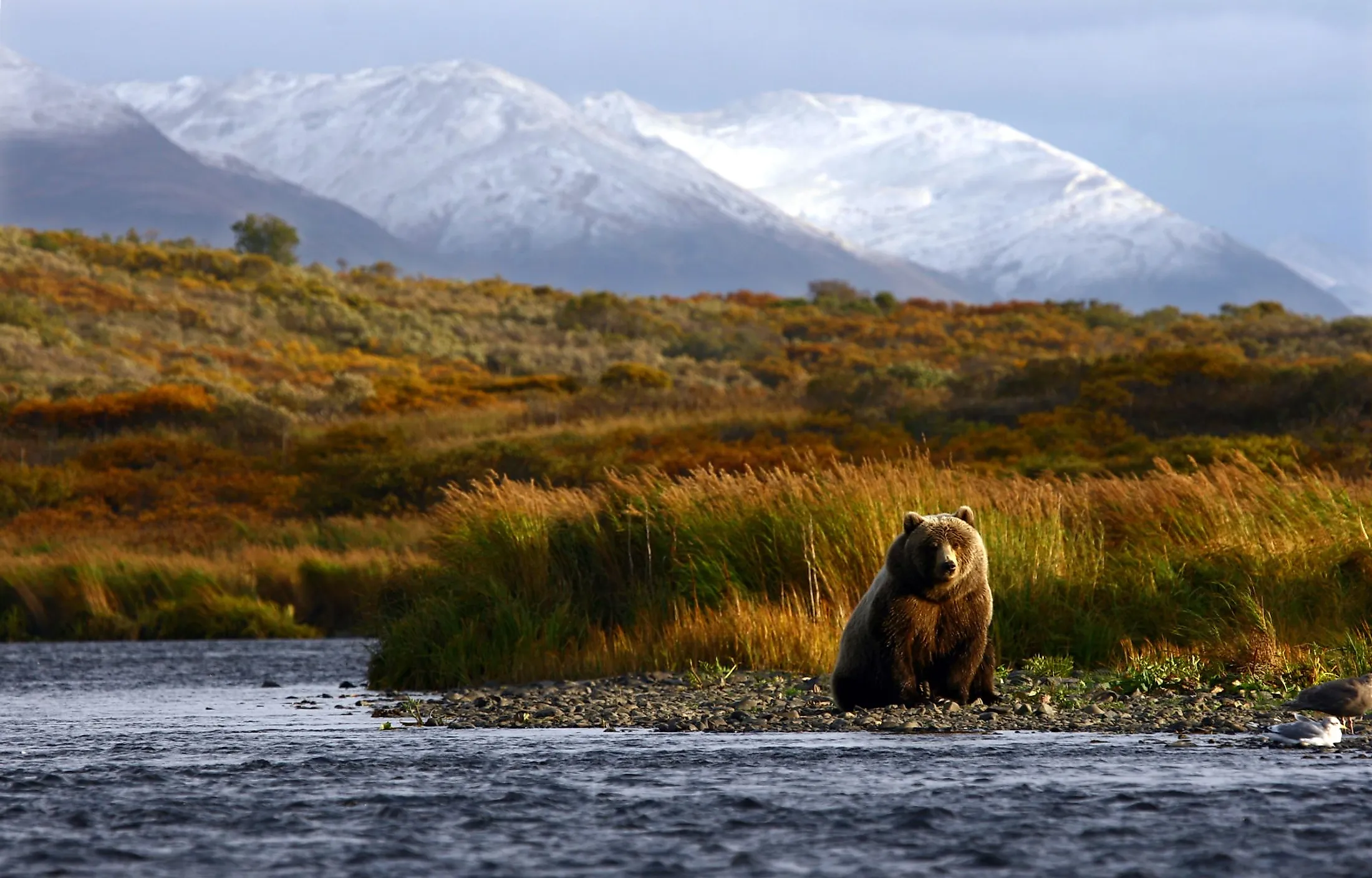
Kodiak Island
Kodiak Island is a vast island off Alaska's southern coast that is separated from the rest of the mainland by the Shelikof Strait. It is steep and heavily forested in the north and east but poorly planted in the south. The island has many ice-free, huge ports where boats may safely anchor. In terms of natural beauty, Kodiak Island is breathtaking. Its usual warm coastal weather and heavy precipitation have created a wilderness suited for land, sea, and marine life.
Geography And Climate Of Kodiak Island
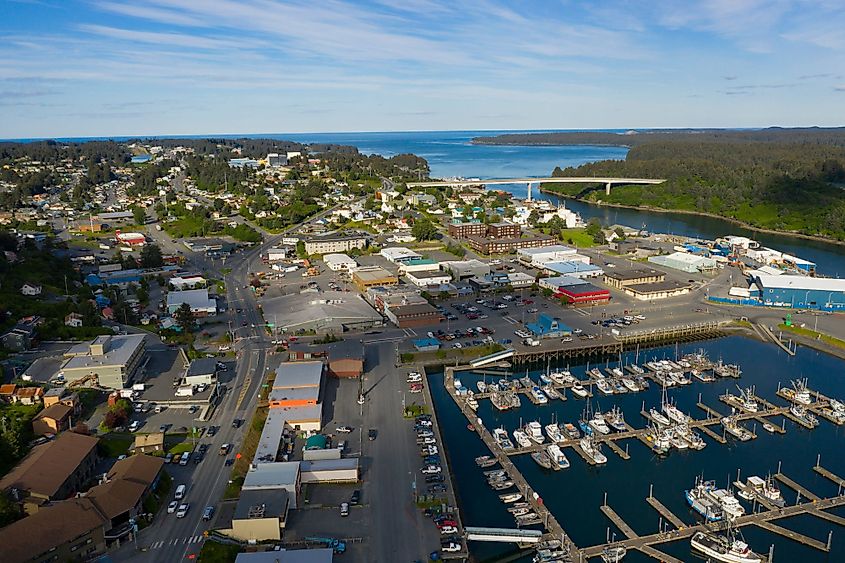
Kodiak is Alaska's largest island and United States's second-largest island. It is about 160km long and 16 to 97km wide, with a total area of 9,311.2 sq. km. Together with Afognak, Shuyak, and a few other nearby islands, the Kodiak Island forms an archipelago that stretches from the Kenai Mountains. The island's majority is classed as highland. The highly forested eastern coast climbs to 5,000 feet in elevation. The valleys and lower slopes are filled with glacier sand and gravel. Meanwhile, the island's southern portion is primarily wet tundra, with different vegetation than the rest of the island.
Summers in Kodiak Island are short, chilly, and generally cloudy, whereas winters are lengthy, very cold, rainy, and windy. Throughout the year, the temperature ranges typically from -2.2°C to 16.6°C, with temperatures seldom falling below -10°C or rising over 20.5°C.
Kodiak Archipelago
Kodiak Island forms a part of the Kodiak Archipelago, which is a group of islands off the coast of Alaska. The archipelago is situated in the Gulf of Alaska, about 405km south of Anchorage. Kodiak is the archipelago's largest island. The second-largest island to the north, Afognak, has been intensively forested. Shuyak, an island to the north with deep harbors, is now protected. Tugidak and Sitkinak are two villages located south of Kodiak. The archipelago is approximately 285km long and 108 km wide, stretching from the Barren Islands in the north to Chirikof Island and the Semi di Islands group in the south. The archipelago covers a total area of 13,890 square kilometers. The archipelago contains around 40 small glaciers, multiple streams, and hundreds of land and sea animal species.
National Wildlife Refuge of Kodiak
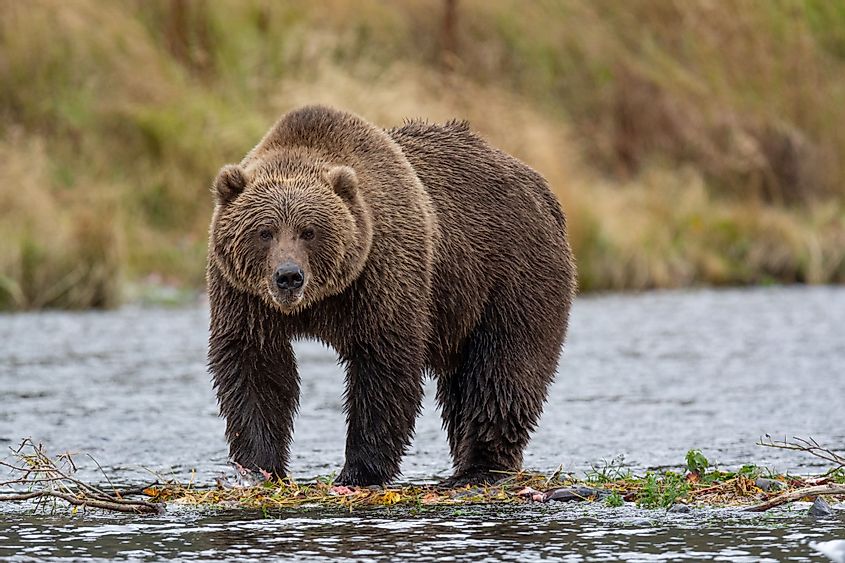
In the Kodiak Archipelago, there is a wilderness area known as the Kodiak National Wildlife Refuge. It consists of seven main rivers and around 100 streams. The refuge serves as a reproductive habitat for all six Pacific Ocean salmon species, trout, and numerous other fish species, as well as a breeding site for 250 bird species, many of which feed on the salmons. The refuge is home to just six native animal species: Kodiak brown bears, red foxes, river otters, ermines, small brown bats, and tundra voles. Sitka deer, mountain goats, snowshoe hares, and beavers were brought to the archipelago during the 1920s and 1950s and have been currently killed and caged.
History Of Kodiak Island
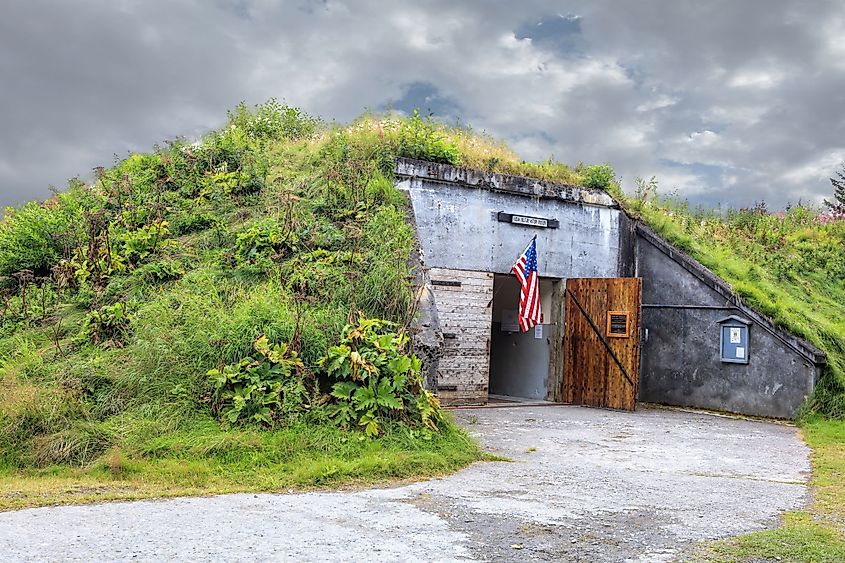
Archaeologists assume that Alaska was the first crossing site for Asian people to the American continent some 12,000 years ago. The Aleut, Eskimo, and Indian peoples are the state's three racially diverse Native communities. Stepan Glotov, a Russian fur merchant, explored Kodiak Island in 1763. The island was the site of the first established Russian colony in Alaska, built in 1784 by fur trader Grigory Shelikhov on Three Saints Bay near the present-day town of Old Harbor. In 1792, the town was relocated to the current location of Kodiak and became the hub of Russian fur trafficking. Following the acquisition of Alaska in 1867, the island became a part of the United States, and Americans moved there for hunting and fox farming. Since this period, the island's history has been defined by the growth of the modern fishing sector. Many indigenous peoples have progressively transitioned from subsistence to the western commercial economy.
Population And Economy Of Kodiak Island
Kodiak has a population of 6020 people, of which 79.1% are US citizens. Asians account for 41.2 % of the population, followed by the White (Non-Hispanic) at 38.4 %, American Indians & Alaska Natives (Non-Hispanic) at 8.9%, Two+ (Non-Hispanic) at 4.98 %, and White (Hispanic) at 4.98 % are the five main ethnic groups in Kodiak. The typical household income in Kodiak is $73,310. Males in Alaska earn 1.28 times more than females, with an average salary of $54,966. Alaska has lower income inequality than the national average of 0.44.
Tourist Attractions On Kodiak Island
Fort Abercrombie State Historical Park
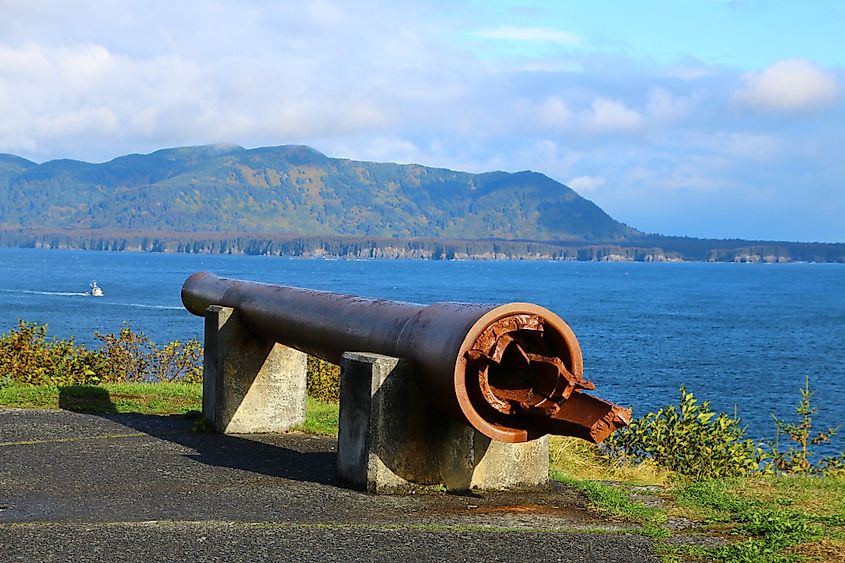
The park's natural scenery is breathtaking, and tourists will be able to meander through wildflower-filled meadows or stand atop towering cliffs. The park features the historical remnants of a World War II coastal defensive post.
Kodiak Military History Museum
The Kodiak Military History Museum, which attracts veterans and visitors from all around, features various displays and exhibits related to the land's military heroes and history. The museum is situated in the Ready Ammunition Bunker of Fort Abercrombie. Tourists can examine the remnants of two eight-inch gun mounts, multiple gun barrels, and many other characteristics within and around the structure.
North End Park
Situated on Kodiak's Near Island, the North End Park is popular with locals and visitors. The park is popular with hikers since the path is suitable for both casual walkers and ardent hikers. The track is exceedingly well-kept, well-marked, and well-covered, and it goes through a gorgeous woodland environment.
Kingfisher Aviation
Kingfisher Aviation gives access to parts of Kodiak and the rest of southwestern Alaska that would otherwise be difficult to reach by other means. The seaplanes will take passengers over breathtaking mountains and fjords, as well as to wilderness resorts, cabin rentals, and fishing drop-off places.
Holy Resurrection Russian Orthodox Church
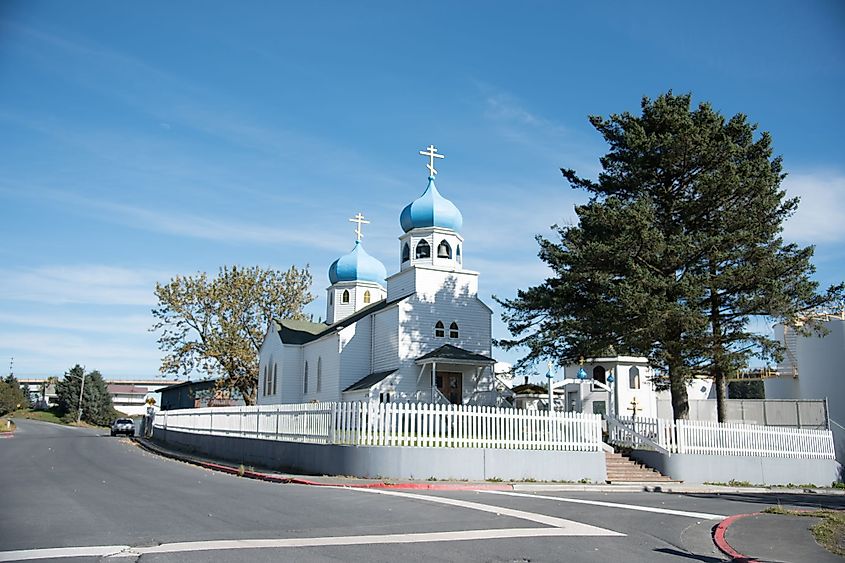
The Holy Resurrection Russian Orthodox Church was established in 1794 and can only be accessed by plane or boat. The cathedral is a well-known landmark in town and one of the most notable buildings in the area. The current building, which portrays the church, is the fourth and was created in the 1940s.
Kodiak Island is the biggest of the archipelago, located off the coast of Alaska. Because of the lush greenery that covers the area, both locals and visitors affectionately refer to it as the "Emerald Isle."











